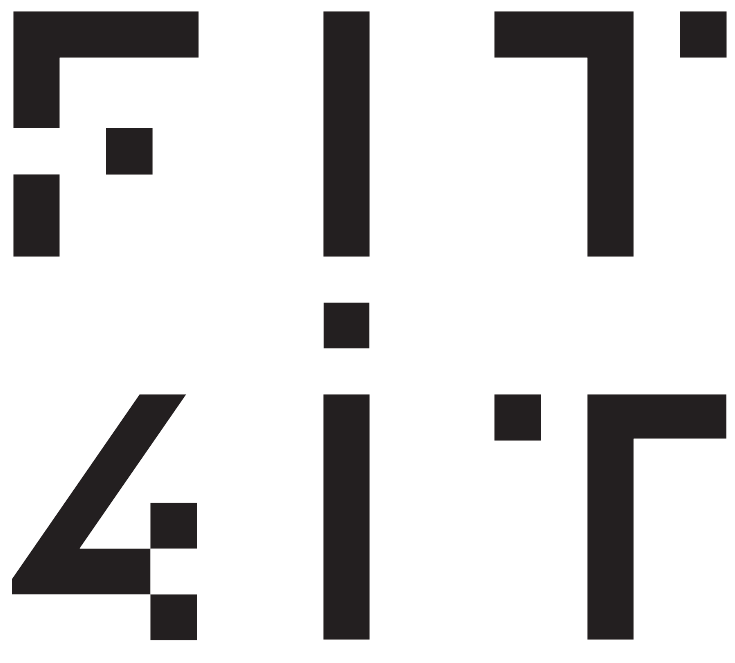When we think about preserving muscle, two rules usually dominate the conversation:
- Lift weights.
- Eat enough protein.
That’s the advice you’ll hear in almost every gym and read in almost every health article. And while those two pillars are non-negotiable, new research is pointing to a third factor we’ve been overlooking: fibre. This article explores the fibre-muscle connection and how it is becoming a pillar of strength training.

Fibre supports gut health, aiding nutrient absorption for muscle repair.
What The Research Is Showing
A large-scale analysis of U.S. health data looked at adults over 40, the age at which muscle decline (called sarcopenia) typically begins to accelerate. More than 6,000 participants had their diets, muscle mass, grip strength, body composition, and blood sugar measured.
The results? People who ate more fibre consistently had:
- More lean muscle mass. (both overall and in the limbs)
- Better grip strength. (a key indicator of healthy ageing)
- Lower body fat, particularly around the trunk.
- More stable blood sugar control.
Why Fibre Could Be A Missing Piece
Fibre isn’t a muscle-building nutrient the way protein is. You can’t eat a salad and expect to grow biceps. But fibre creates the internal environment your muscles need to thrive. Here’s how:
- Gut health support: Fibre feeds your “good” gut bacteria, which produce anti-inflammatory compounds that may protect muscles from age-related breakdown.
- Steady metabolism: Fibre slows the release of glucose, improving insulin sensitivity and preventing the energy crashes that make training and recovery harder.
- Nutrient absorption: A healthier gut environment means your body absorbs protein, amino acids, and other key nutrients more efficiently, which helps muscle repair and growth.
Think of fibre as a silent partner. It doesn’t build the house, but it makes sure the builders have the right tools and the environment is stable.
Practical Takeaways
Here’s the part most people miss: the average adult eats less than 16g of fibre per day. The recommended amount is 25–30g. That’s almost double.
Jumping straight from 15g to 40g can cause digestive distress, so the goal is to close the gap gradually. Simple ways to get there:
- Add a cup of lentils or chickpeas to lunch.
- Swap refined grains for oats, quinoa, or brown rice.
- Snack on nuts, seeds, or fruit instead of ultra-processed foods.
- Make veggies half your plate at dinner.
Little changes like these make it easy to build up to that sweet spot of 25-30g daily without overdoing it.
Rethinking Muscle & Ageing
From 40 onward, muscle naturally declines, and by 60, the losses can accelerate, threatening independence, balance, and strength. Resistance training and protein remain the foundation. But this new data suggests fibre deserves a seat at the table too. Many personal training programs now highlight the importance of fibre alongside protein and resistance work for long-term muscle health.
If you want to keep your muscle as you age, protect your strength, and preserve quality of life, don’t just look at the weight room or your protein shake. Look at your fibre intake as well.
The Bigger Picture
For years, fitness advice has focused almost exclusively on training stimulus and protein supply. But muscle doesn’t exist in isolation. It’s part of a larger system; your gut, metabolism, and hormones all play a role in whether you preserve or lose it.
A life coach might also encourage you to look beyond workouts and protein shakes, emphasizing practices like boosting daily fibre intake for lasting strength, and avoiding bad habits that not only impact body health but also the nervous system.

Fibre reduces inflammation, protecting muscles from age-related decline.
If muscle is the engine, training is the ignition, and protein is the fuel… fibre is the oil that keeps everything running smoothly. Without it, the system struggles.
The message is simple: if you care about protecting muscle as you age, don’t just lift weights and load up on protein. Pay attention to fibre. It may not be the star of the show, but it could be the key to keeping your body strong, lean, and resilient for decades to come.
References For Further Reading
- Frampton J, Murphy KG, Frost G, Chambers ES. Higher dietary fibre intake is associated with increased skeletal muscle mass and strength in adults aged 40 years and older. J Cachexia Sarcopenia Muscle. 2021. https://pubmed.ncbi.nlm.nih.gov/34585852/
- Deehan EC, Walter J. The influence of dietary fiber on the gut microbiome. Crit Rev Clin Lab Sci. 2016. https://pubmed.ncbi.nlm.nih.gov/27315434/
- Marchesi JR, et al. The gut microbiota and host health: a new clinical frontier. Gut. 2016. https://gut.bmj.com/content/65/2/330
- Cruz-Jentoft AJ, et al. Revised European consensus on definition and diagnosis of sarcopenia. Age Ageing. 2019. https://pubmed.ncbi.nlm.nih.gov/30312372/
- Dalle S, Rossmeislova L, Koppo K. The Role of Inflammation in Age-Related Sarcopenia. Front Physiol. 2017. https://pubmed.ncbi.nlm.nih.gov/29311975/
Was this helpful?
Good job! Please give your positive feedback
How could we improve this post? Please Help us.






No Comments